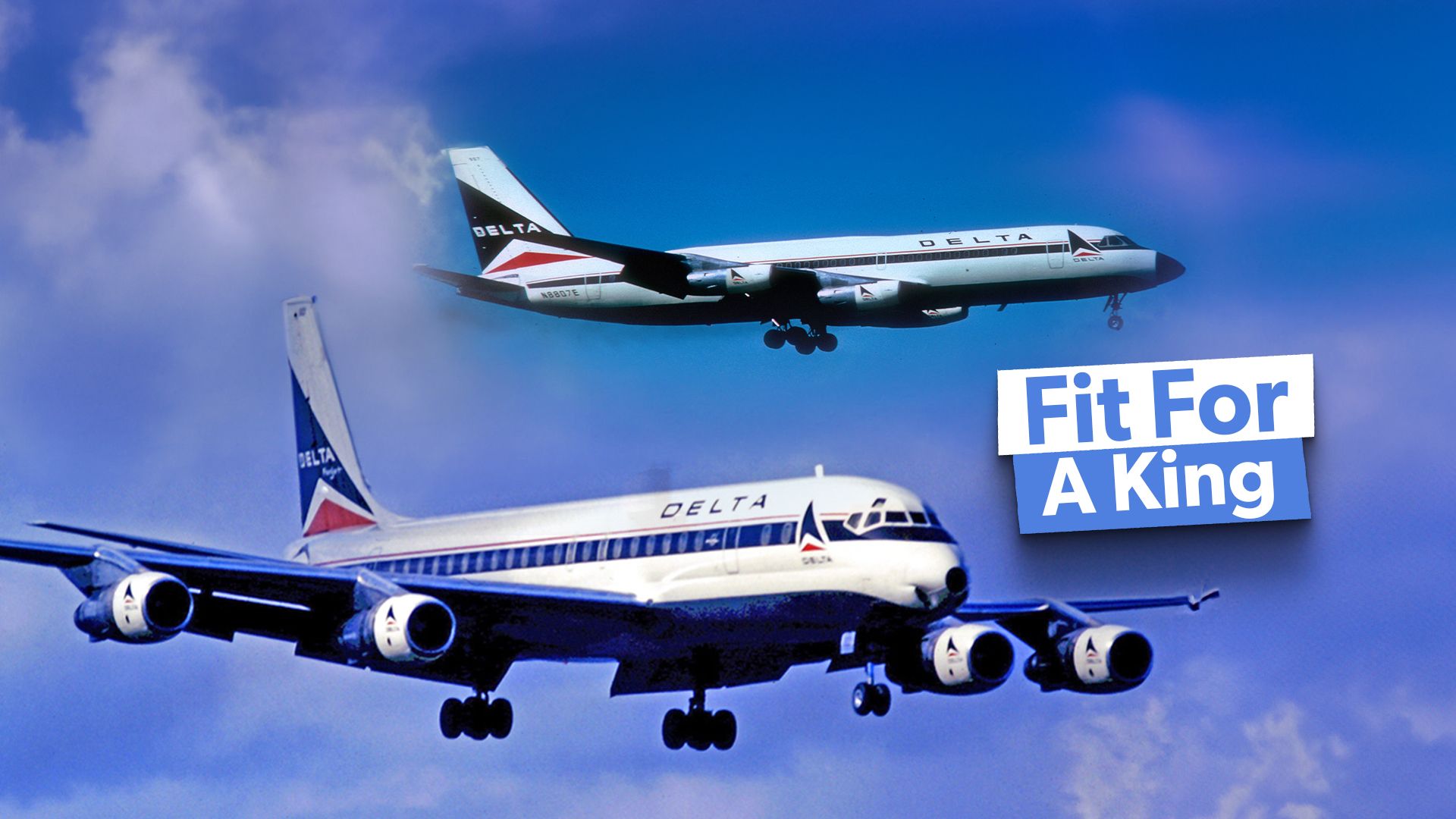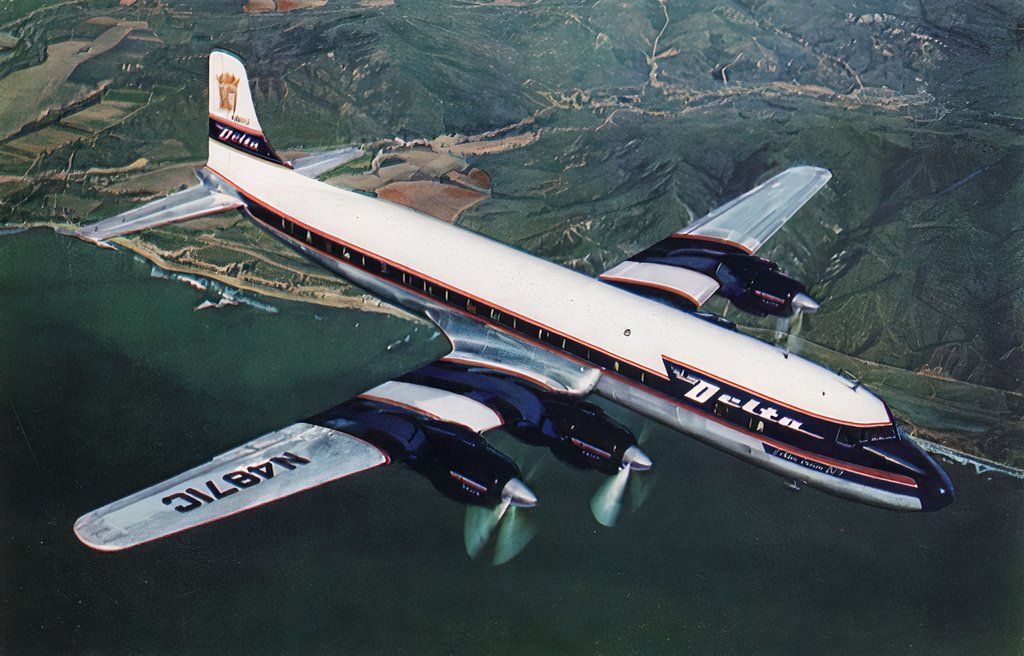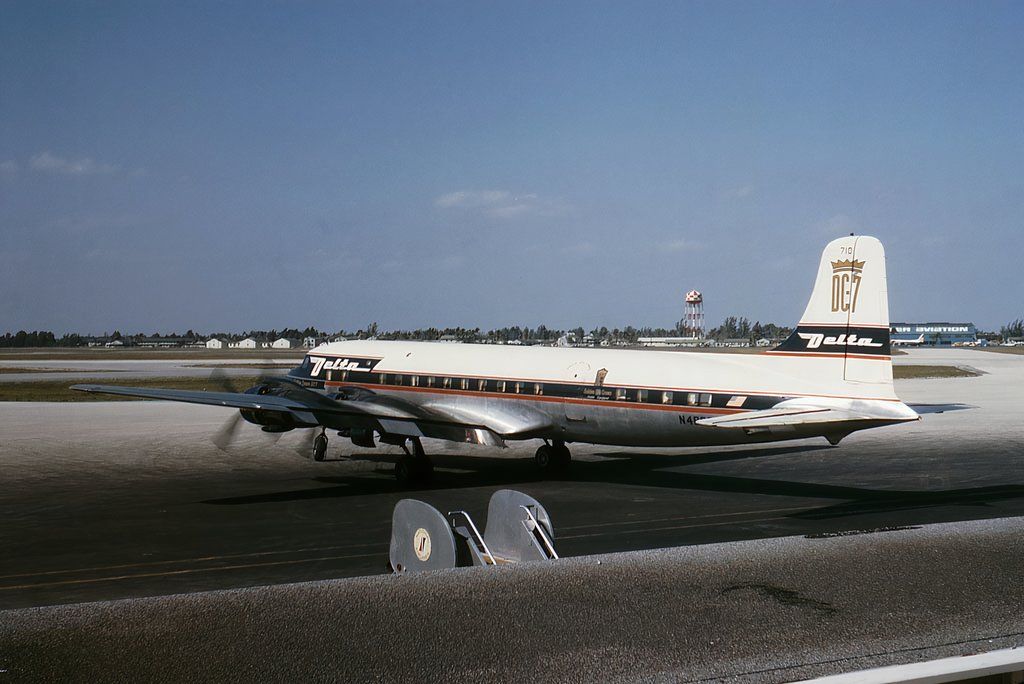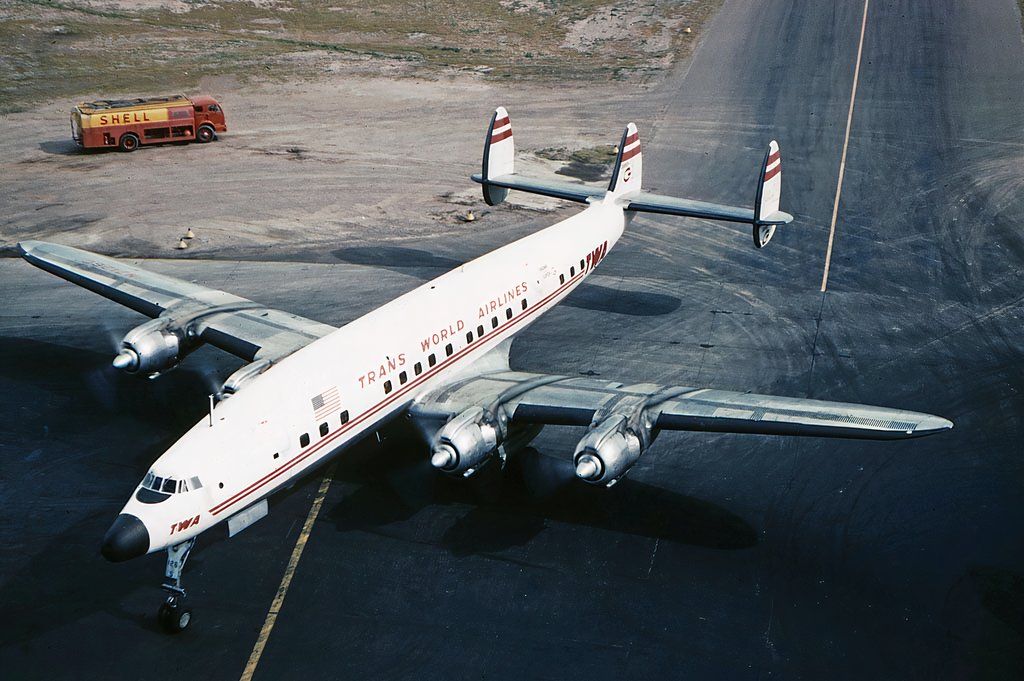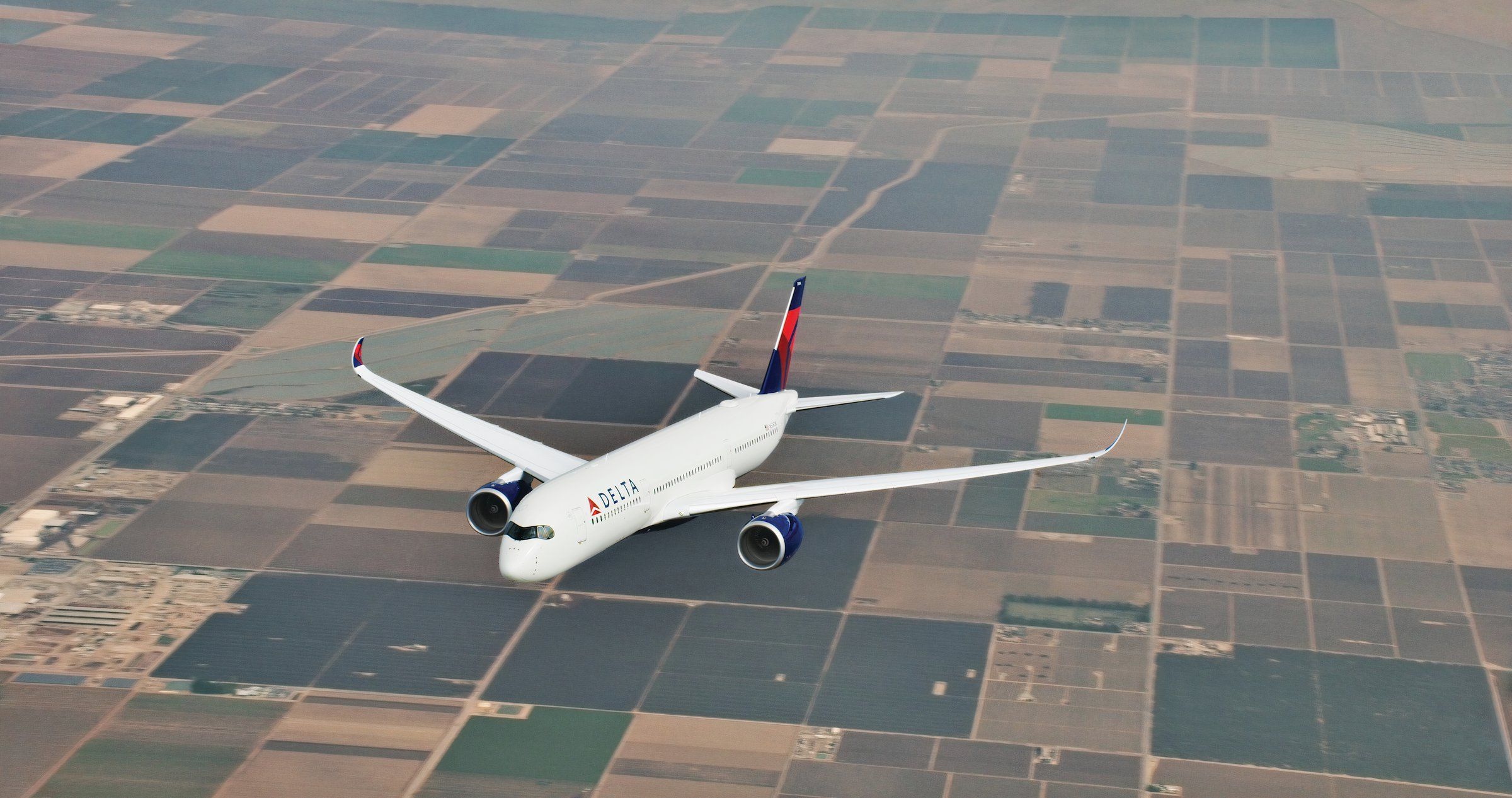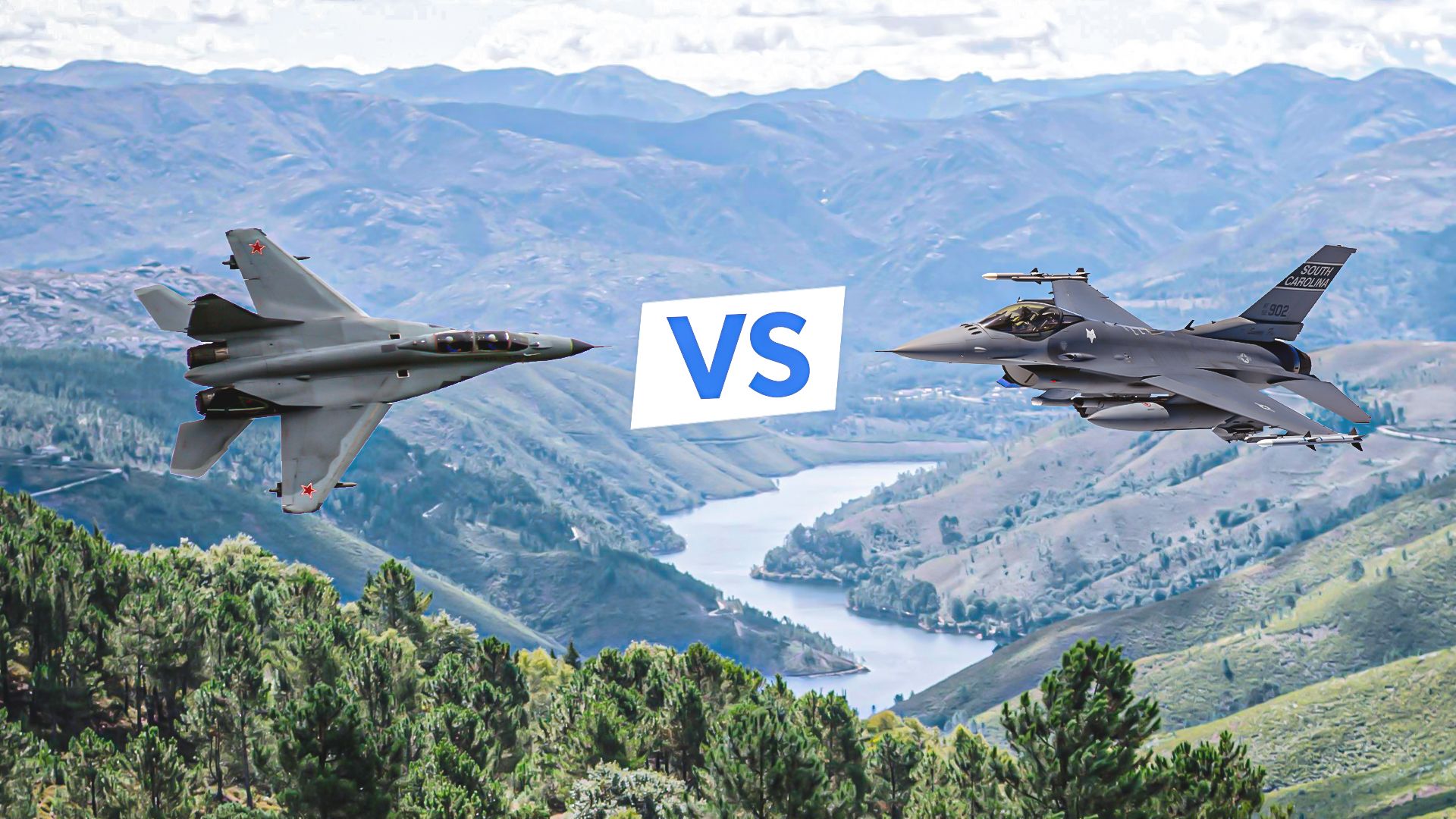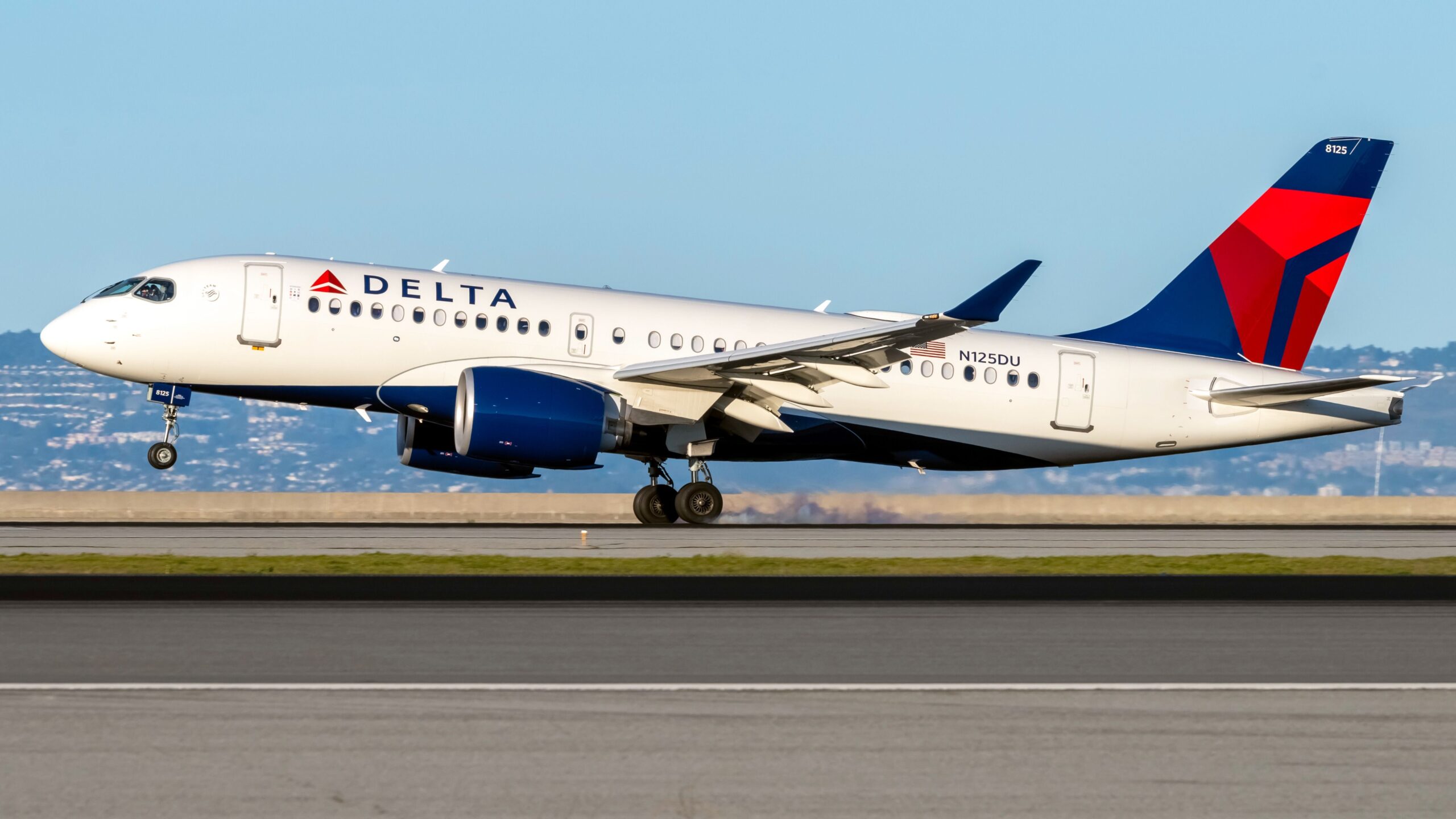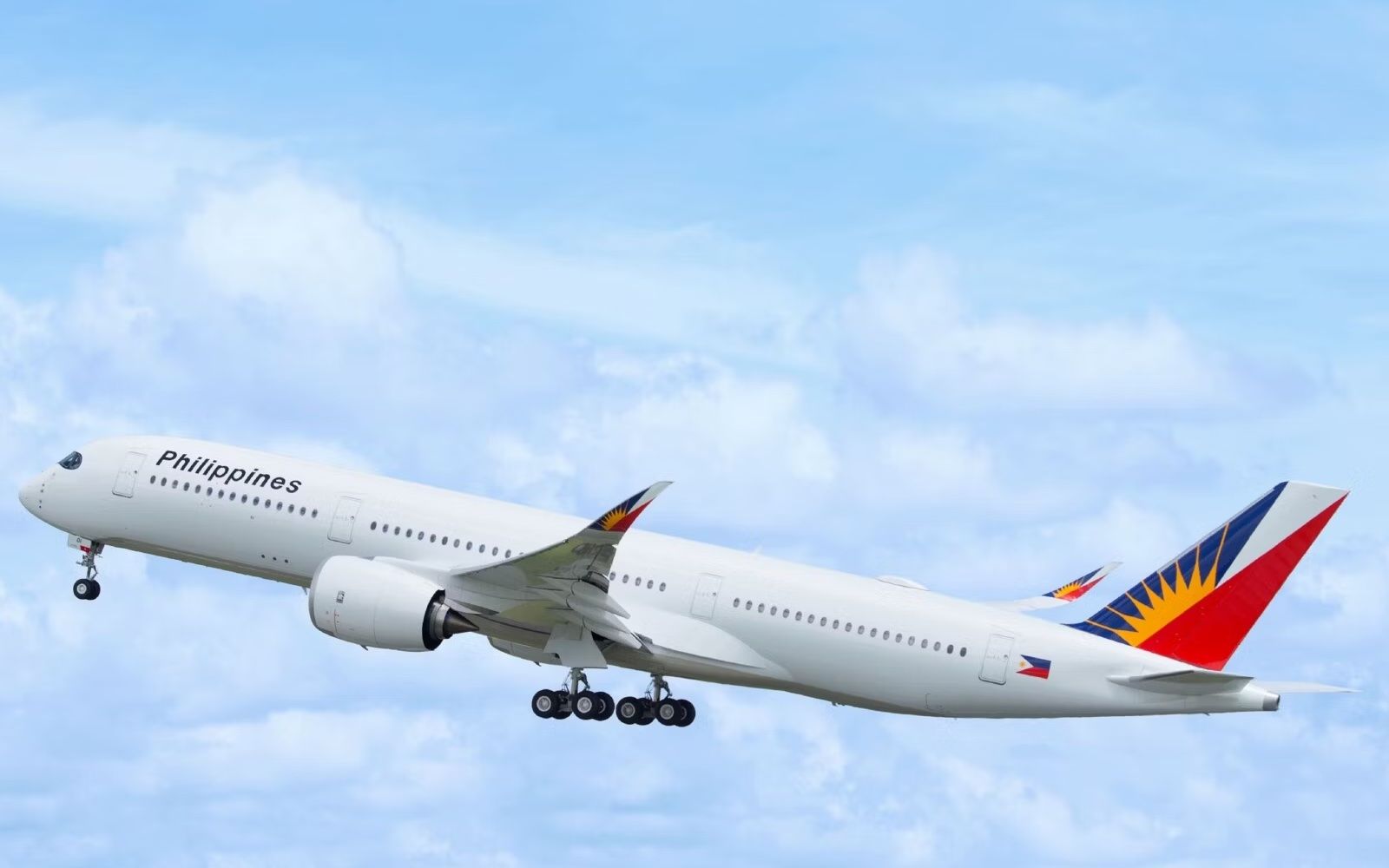Summary
- Delta Air Lines introduced Royal Class in 1958 for first-class passengers on DC-7 flights.
- Royal Class passengers had luxury amenities like lounges and three-course meals.
- Royal Class was rebranded as Royal Jet Service in 1959 after receiving the DC-8 jet.
In the late 1950s, just as the golden age of air travel was about to end, Atlanta-based Delta Air Lines introduced a new type of first class: “Royal Class.” Remember that air travel was a rare and exciting privilege reserved for the wealthy back then. Knowing that its first-class customers were used to only the best, Delta Air Lines took inspiration from the Palace of Versailles by offering a class of service that was fit for King Louis XIV and his wife, Austrian Princess Marie Antoinette.
After taking delivery of its first Douglas DC-7 airliner in 1954, Delta Air Lines introduced a new type of first class service called “Golden Crown.” Sticking with the royalty theme, Delta Air Lines rebranded its Royal Crown service as “Royal Class” in 1958. When Royal Class passengers arrived at the airport, they had their check-in desk and a comfortable lounge to relax and drink before the flight.
Delta Air Lines Royal Class flights
At the time, Delta Air Lines offered its Royal Class service on DC-7 flights to what are now the following airports:
- Hartsfield–Jackson Atlanta International Airport (ATL)
- Dallas Love Field (DAL)
- Philadelphia International Airport (PHL)
- Ronald Reagan Washington National Airport (DCA)
- Louis Armstrong New Orleans International Airport (MSY)
- New York LaGuardia Airport (LGA)
- George Bush Intercontinental Airport (IAH)
- Baltimore/Washington International Thurgood Marshall Airport is an international airport (BWI)
- Chicago O’Hare International Airport (ORD)
- Miami International Airport (MIA)
- Maiquetía Simón Bolívar International Airport (CCS) in Caracas, Venezuela
- Havana José Martí International Airport (HAV) in Cuba
- Montego Bay Sangster International Airport (MBJ) in Jamaica
- St. Louis Lambert International Airport (STL)
- Memphis International Airport (MEM)
Royal Class Champagne and fine dining
One Royal Class passenger was offered a complimentary glass of Champagne from the Taylor Winery in the Finger Lakes Region of New York. Technically speaking, even though it was advertised and presented as Champagne, it was just a sparkling white wine. For it to be called Champagne, it must be made from Pinot Meunier, Pinot Noir, or Chardonnay grapes grown in the Champagne region of France.
Unlike other Delta Air Lines flights, Royal Class passengers had three female flight attendants to care for them. On afternoon flights, passengers were served cocktails and canapés and a three-course meal on evening flights. After dinner, a flight attendant would offer Royal Class passengers a selection of cigarettes, which would never happen these days as smoking on flights is banned.
Delta Air Lines’ Royal Class service lasted only a year and was rebranded again as Royal Jet Service in 1959. On September 18, 1959, Delta Air Lines decided to change the name after taking delivery of its first jet airliner, the Douglas DC-8.
About the Douglas DC-7
Following the end of World War Two, Pan American World Airways asked Douglas to build a civilian version of its heavy-lift Douglas C-74 Globemaster cargo plane. Pan Am soon canceled its order, and nothing happened until American Airlines asked Douglas to build an aircraft that could fly coast to coast nonstop in under eight hours. After being let down by Pan Am, Douglas was initially reluctant but built the aircraft after American Airlines placed a firm order for 25 planes. The $40 million was enough to cover the development cost, and Douglas agreed to build the DC-7.
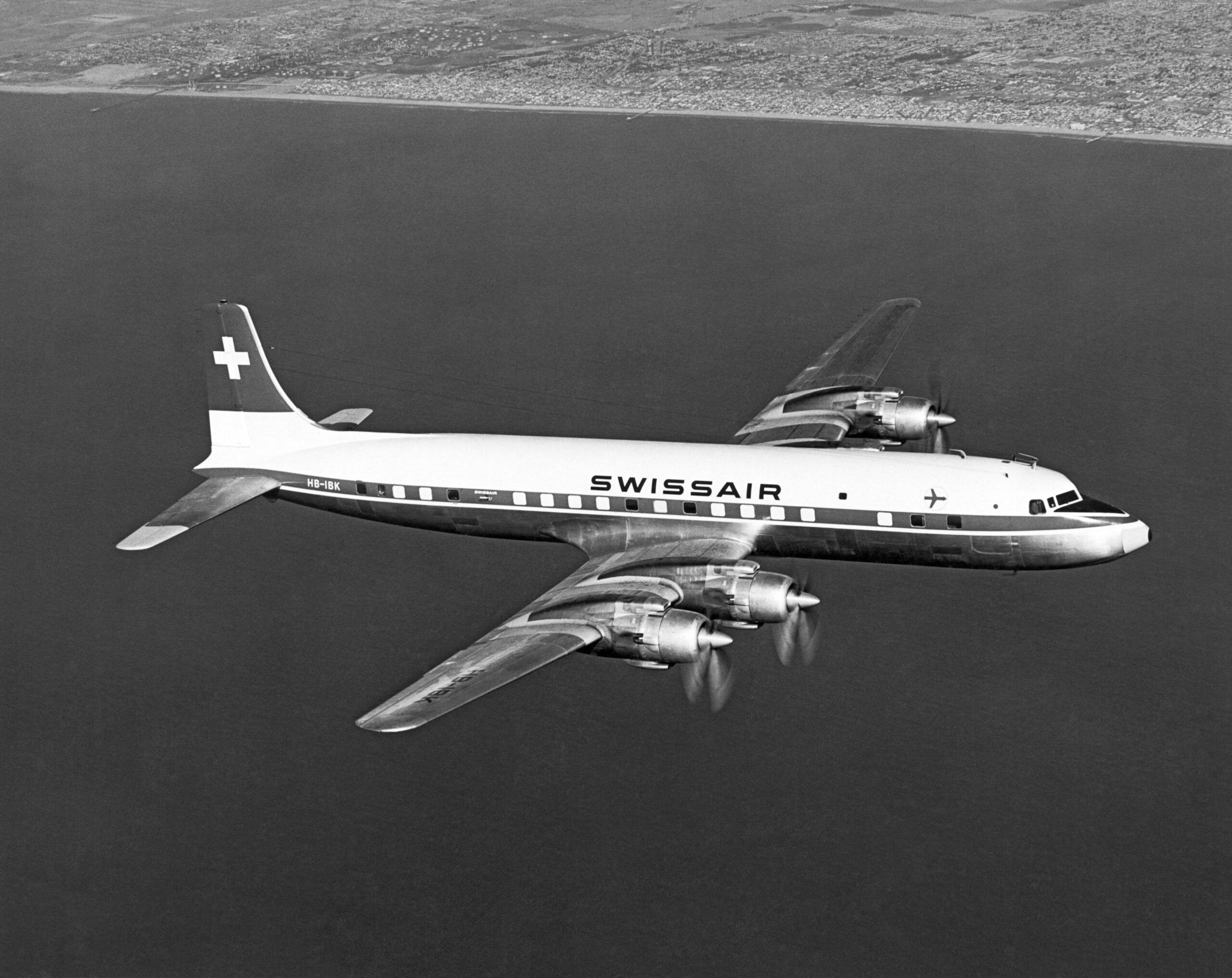
Related
How The Douglas DC-7 Revolutionized Air Travel
Derived from the Douglas DC-6, the DC-7 was a larger aircraft powered by four eighteen-cylinder Wright R-3350 Duplex-Cyclone Turbo-Compound engines. American Airlines took delivery of its first DC-7 in November 1953 and immediately began promoting nonstop coast-to-coast flights in under eight hours. It was important to be under eight hours because the law stipulated that the longest a flight could be without a change of crew was eight hours.
The DC-7 suffered from engine failures.
To compete with America’s transcontinental flights, Trans World Airlines (TWA) began flying nonstop coast to coast with its Lockheed L-1049 Super Constellation. Because the aircraft’s engines had to use full power to keep to the strict time limits, both aircraft suffered engine failures, forcing the planes to divert to nearby airports. To help remedy the problem, Douglas built a second variant called the “DC-7B,” with slightly more powerful engines and a larger fuel capacity.
A third variant, the DC-7C, became popular with American carriers, European airlines BOAC, and SAS. As jet-powered aircraft like the Boeing 707 and the Douglas DC-8 arrived in the late 1950s, airlines began retiring their piston-powered planes in favor of the new jets. To help extend the DC-7s’ useful lives, Douglas began converting DC-7 airliners into freighters.
Specifications and general characteristics of the Douglas DC-7
|
Crew |
Five flight crew and five flight attendants on Royal Class flights |
|
Passengers |
105 |
|
Length |
112 feet 3 inches |
|
Wingspan |
127 feet 6 inches |
|
Height |
31 feet 8 inches |
|
Wing area |
1,637 square feet |
|
Empty weight |
72,763 lbs |
|
Operating empty weight |
78,890 lbs |
|
MTOW |
143,000 lbs |
|
Fuel capacity |
7,834 US gallons |
|
Power |
4 × Wright R-3350-988TC18EA1-2 18-cylinder turbo-compound air-cooled radial piston engines. |
Douglas DC-7 Performance
|
Max speed |
406 mph |
|
Cruise speed |
346 mph |
|
Stall speed |
96 mph |
|
Range |
5,365 miles |
|
Service ceiling |
21,000 feet |
|
Rate of climb |
240 feet per minute |
About Delta Air Lines
Atlanta, Georgia-headquartered Delta Air Lines is the oldest airline in the United States, with a history dating back to 1925. First called Huff Daland Dusters in Macon, Georgia, the company moved to Monroe, Louisiana, where it was given the job of spraying cotton crops to combat a boll weevil infestation.
General manager and later CEO C.E. Woolman convinced a group of local businessmen to buy the company’s assets. In December 1928, it was renamed Delta Air Service to represent the Mississippi Delta. The new airline commenced passenger flights in 1929 but ceased a year after being awarded a lucrative mail route.
Photo: Delta Air Lines
Delta moved its headquarters from Louisiana to Atlanta in 1941 and rebranded as Delta Air Lines in 1945. Today, according to the aviation data and statistics website ch-aviation, Delta Air Lines is the largest US airline by fleet size, with 998 aircraft.
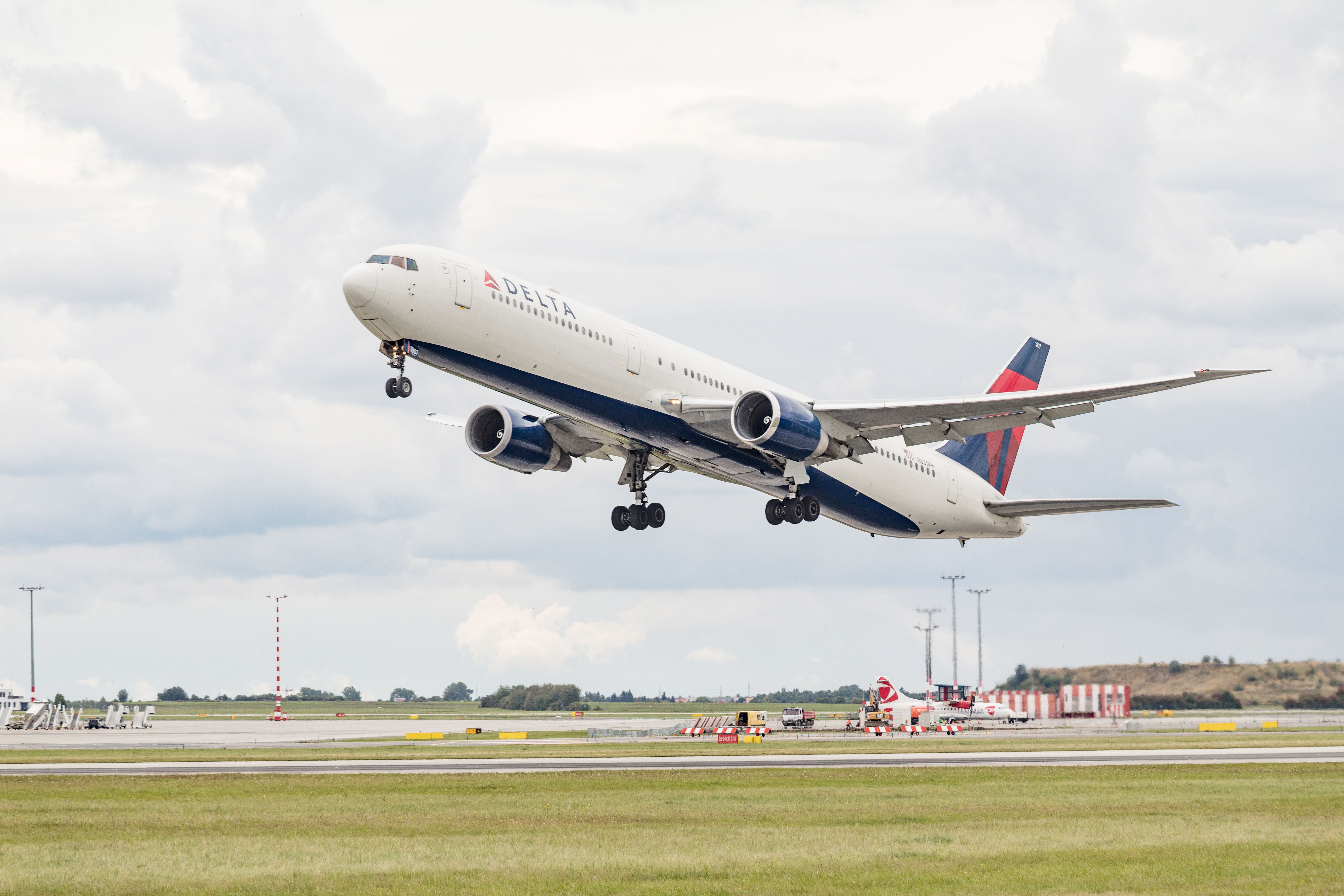
Related
Delta Elevates US Transcontinental Travel, Debuts Premium Select On NYC-LAX Flights
The product will be available on four of eleven daily flights.
